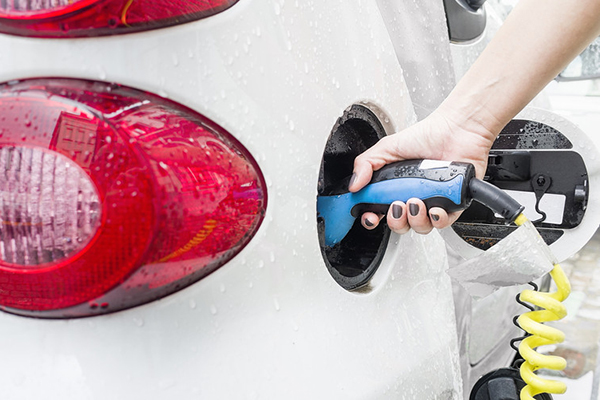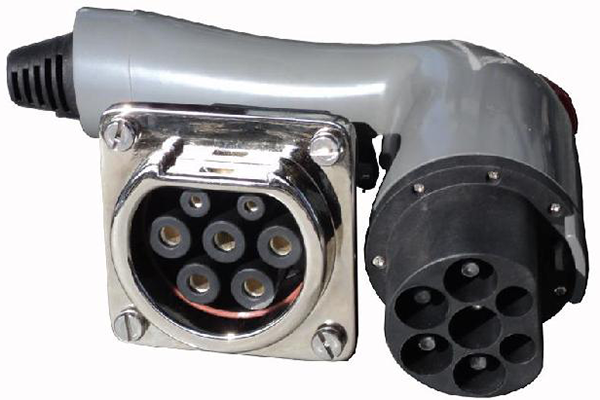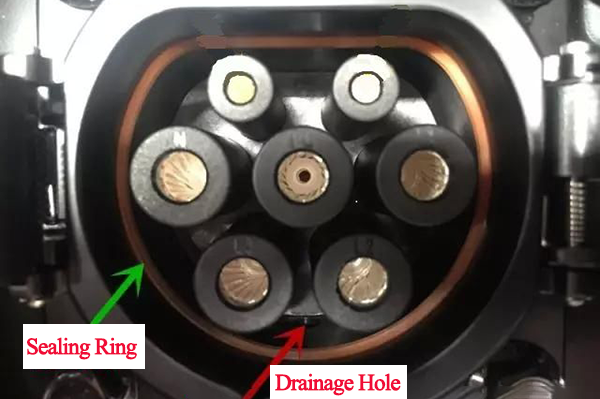Our customers often ask a question before ordering our equipment, Is it Safe to Charge Your EV in the Rain? Because their EV charging stations often need to be set up outdoors, they are very concerned about the safety of charging when it rains. First, we can confirm that it is very safe to charge EVs in the rain.

Regarding the design concept, the EV and EV charging stations can adapt to almost any type of weather (except floods and hurricanes). The designers will also conduct rigorous testing according to standards set by the Society of Automotive Engineers. The National Electrical Code (NEC) determines regulations for charging stations and installations. The charging stations themselves must meet safety standards from the Underwriters Laboratory (UL). All SETEC Power charging stations meet the safety requirements of NEC Article 625 and UL 2594. The SETEC Power charging stations also meet NEMA-4 standards. This includes a gasketed door enclosure for indoor or outdoor use, which provides a degree of protection against windblown dust and rain, splashing water, hose-directed water, and ice that forms on the enclosure.
Waterproof design on structure
We can observe the shape of the charging port of the electric car and find that the charging port is very cleverly designed. The plug can be conductive part is relatively long; this design makes the charger plug and socket connection closely, unplugging water will not touch the conductive portion.

Secondly, on the mating surface of the plug and socket, there will be a rubber seal ring. When the electric car is charging on a rainy day, most of the rainwater will be blocked outside by this seal, leaving a small portion of rainwater to drain through the drainage holes on the lower side of the socket body to prevent rainwater accumulation.

Electrical design ensures safe charging
- Connection confirmation and charging control
When the charger is plugged into the socket, the charging station determines whether the grounding is successful and whether the physical connection is flourishing using the “Charge Confirmation Terminal.” At the same time, the charging process is controlled and monitored through the “charge control terminal” or “CAN terminal.” When abnormalities such as insulation failure or current leakage are detected, the charging station and BMS will interrupt the charging process in time.
- Ground protection design
There is a grounding terminal on the charging base and a charging plug. In the event of a fault (such as leakage) during charging, it can effectively direct dangerous currents to the earth to ensure the safety of personnel.
Next, we will show you the safety of electric car charging on rainy days through experiments. We drove an electric car to a SETEC POWER fast charging station and charged it.

To simulate a rainy environment, we used a spray can spray water continuously into the charging port for ten minutes.


The experiment shows that there is no water infiltration when spraying water continuously to the charging port, and the charging plug is still dry.

Advice for the Weather Wise
To sum up: it is safe to charge your electric car in the rain. But you still need to pay attention to these two aspects during the charging process.
Keep dry:Although the charging port has the characteristics of sealing and insulation, when charging in the rain, ensure that the charging port and charging plug are in a dry state. In addition, keep your hands as dry as possible when plugging and unplugging the charger to avoid the risk of electric shock. When charging operation in heavy rain, you have to use the umbrella to block the exposed charging port first; after plugging the plug into the charging port, it can play the role of waterproof.
Dodge lightning: When in an open-air charging environment, do not charge your electric vehicle when lightning is encountered or stop charging immediately. Avoid the danger of lightning transmission to the battery.














